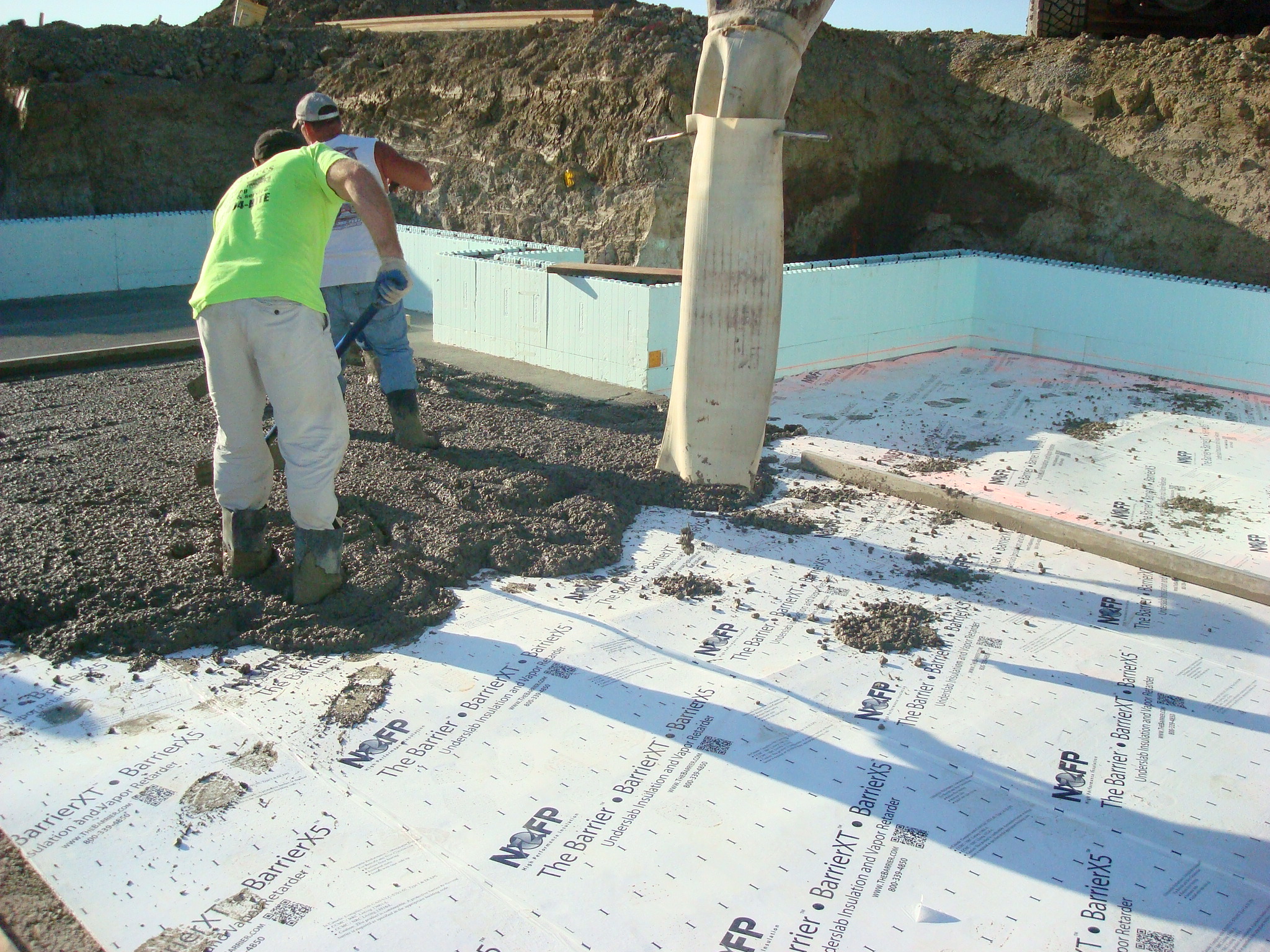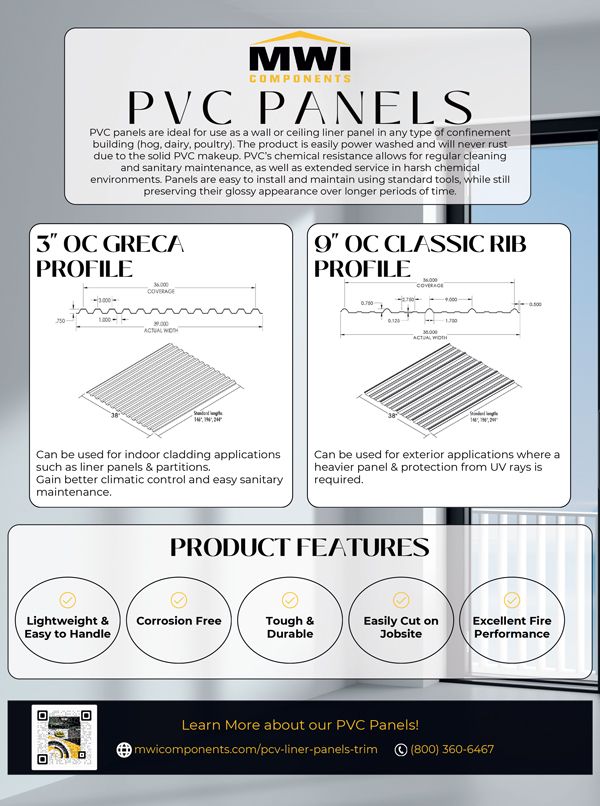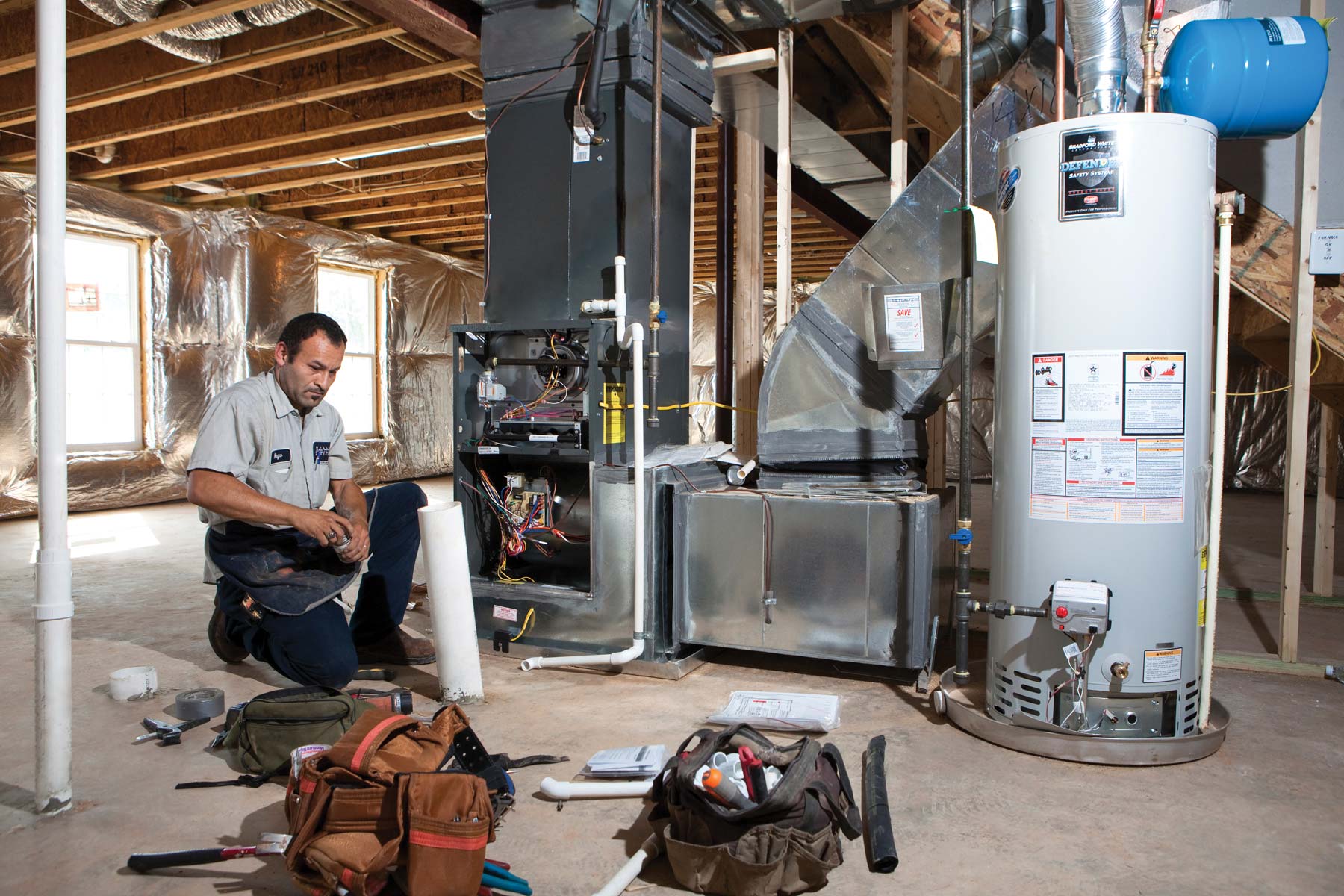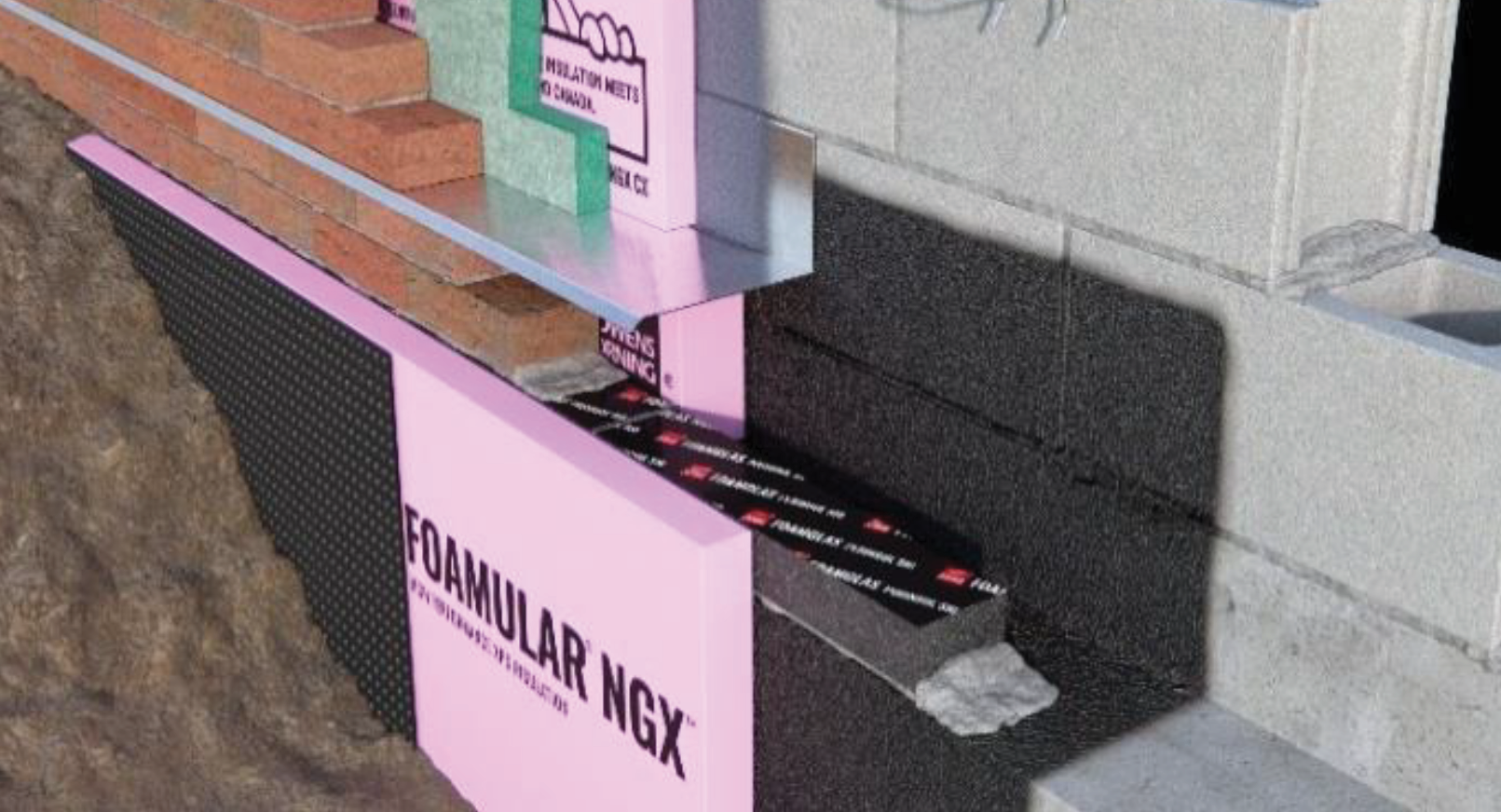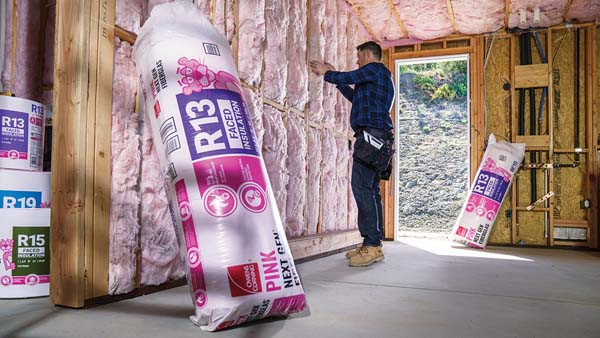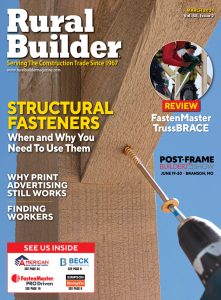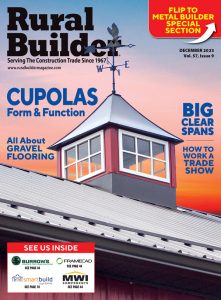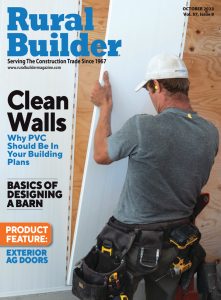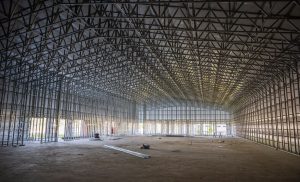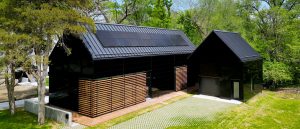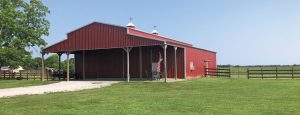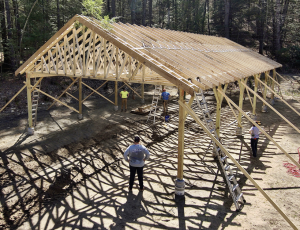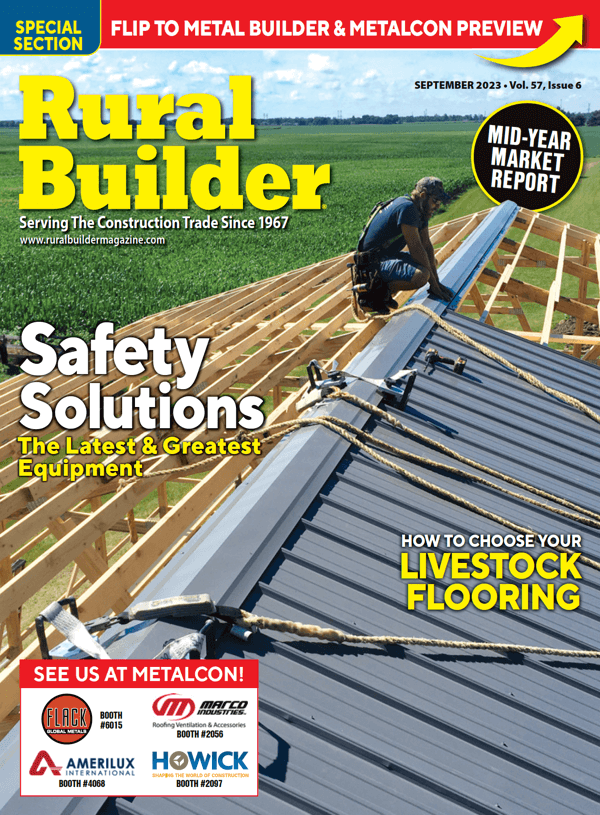There are many kinds of insulation available for builders to use; why, where and how would you make use of EPS?
Benefits of EPS
To begin with, EPS is a small piece of silica sand, puffed up to a small ball, then steamed to meld the pieces together, like styrofoam. This is one form of rigid insulation, the one that maintains the temperature of the inside of your building longer than any other insulator, according to Jason Brown, Vice President of Sales and Marketing at NOFP, Inc. It generally has a rating of R4-R5 per inch, he says.
“It has the highest rValue while taking up the least amount of physical space,” he said.
Usually a couple of inches of EPS is used. If the R-value of the EPS is 5, then two inches provide an R-value of 10. For greater R-values, you can add some loose batt insulation.
A great benefit of EPS is that the R-value doesn’t change over time per Jeremy Henson of Hershey’s Metal Meister. There is no off-gassing so it doesn’t lose efficiency with one exception: avoid crushing it.
EPS is good for any application including under concrete; in fact, some believe it is best under a foundation. It can also be used above grade for commercial, residential, industrial, and more. EPS is superior for roofing according to Henson. Shops and factories use it to keep a barrier between the ground and a slab. This is because it’s waterproof. He said, “You could make a boat from it.”
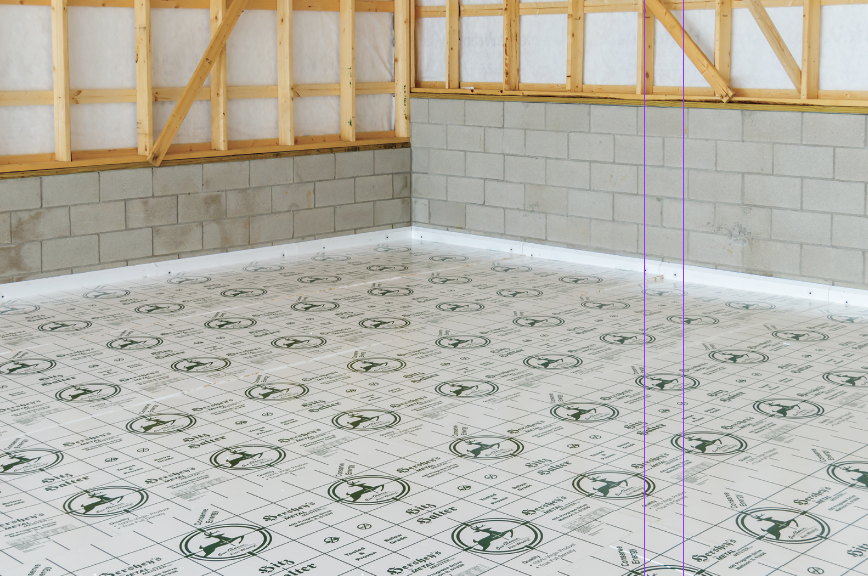
Tips For EPS Installation
If you are laying insulation below the foundation, you will need a vapor barrier. Some insulation has one pre-applied to each side of the foam board. For below-grade installation you want to lay it flat and tape the seams keeping it as tight as possible for the ultimate efficiency. NOFP’s The Barrier™ line is specifically designed as an under-slab insulator and vapor retarder with film laminated to both sides as well as a patented self-taping edge and overlapping flange to make the entire installation seam-free.
Whatever substrate you are placing the EPS on below a foundation, whether it’s pea gravel or sand or another substrate, make sure it is level. If it is not, the seams are not as tight fitting and if the ground heaves, efficiency can be compromised according to Henson. Hitz Halter, Hershey Metal Meister’s below-grade insulation, comes fan-folded in smaller sections for easy installation once the substrate is leveled.
EPS insulation can be layered in the wall for higher R-values, and while naturally it provides no nutritional value for pests or mold, some may be treated for added protection.
Brown believes that the only time you need to consider another type of insulation is if it needs to be exposed above grade. If used on the interior it has to be covered with drywall or other covering for fire resistance. Henson adds that while EPS works great for walls, sometimes it is faster and easier to use blow-in insulation in difficult-to-get-to spaces.
Mark Aspenson of Thermal Building Concepts states that for the best energy efficiency you should wrap the roof, the walls, the foundation… wrap the entire building envelope in EPS.
The thicker the insulation, the higher the R-value. However, eventually you reach the point of diminishing returns. It would be pretty thick before that happens, Brown said. You would be building a different house with deep window sills if you went that thick.
Fasten EPS with a screw, washer, or nail and washer. If you use adhesive, it must be water-based; oil based adhesives will “eat” the foam.
Make installation easy with the right tools: a sharp saw blade or knife for clean cuts. RB


